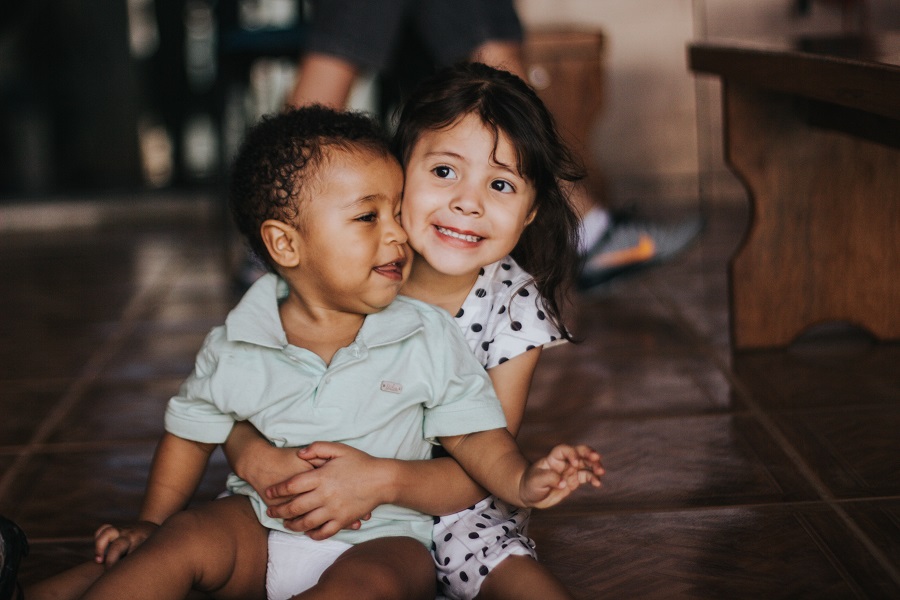This month we await the Supreme Court’s decision on whether the Census Bureau may include a question on citizenship status on the 2020 census. While most of the public debate has focused on the implications for adults, if the question is allowed on the census, young children may suffer the most.
Being counted helps young children thrive. When kids are fully are counted, their communities get their fair share of more than 800 billion dollars a year in federal funding that are allocated by formula using data derived from the federal census. In 2010, so many young children were missed that states collectively lost over a half billion dollars a year in funding from just five programs that benefit kids: Medicaid, CHIP, foster care, adoption assistance and child care. Funding for schools in low income areas and for special education also depends on all children being counted in the census. Decennial data are essential for planning for schools, health care, and other services. When businesses have accurate data on who lives where, communities in need are better served, too. For example, areas with food deserts are more promising investments for supermarkets if they have accurate data on how many customers they could have in the area.
It is settled law that the Constitution requires everyone residing in the United States to be counted, regardless of citizenship or immigration status. (By the same token, most citizens living abroad are not counted—even college students during their semester abroad.) However, if the census includes this question, many immigrants and the citizens in their families will be scared away and discouraged from being counted.
Census Bureau statisticians estimate that nearly six percent more of all immigrant households will choose not to respond if the question is included. These households are already less likely to self-respond to the census; the Census Bureau’s own research shows that nearly half of all respondents are unsure whether immigrants are supposed to be counted.
If the number of households with immigrants that respond drops, that means the Bureau will have to try to count them by sending enumerators to knock on their doors or talk to neighbors. This process is known to miss many more people than the self-response process, despite the Bureau’s best efforts. In other words, if the Supreme Court decides to allow the citizenship status question to be included, significant numbers of households with immigrants and their U.S. citizen family members will be left uncounted.
While nearly all young children in the country today are U.S. citizens, millions of households have mixed immigration status—including both citizens and immigrants. Population Reference Bureau research shows that 20 percent of children age 0 to 4 (about 5 million) live in a household with one or more noncitizens. The percent of children age 0 to 4 living in a household with one or more noncitizens was higher than any other age group. Adding a citizenship status question would meant that these children, along with everyone in their households, would be less likely to be counted, and their communities would have many fewer resources to serve children.
Young children had the highest net undercount and highest omissions rates in the 2010 Census and the number of young children missed in the census has been growing steadily for 40 years. If the citizenship question ultimately remains on the census, it is likely to increase the net undercount and omissions rates of young children significantly. That means that children and the communities in which they live will suffer for a decade at least—likely most of their childhoods—as the programs and services they need to thrive will get less than their fair and legally required share of federal funding and representation.
___
Deborah Stein is the Network Director of the Partnership for America’s Children.








